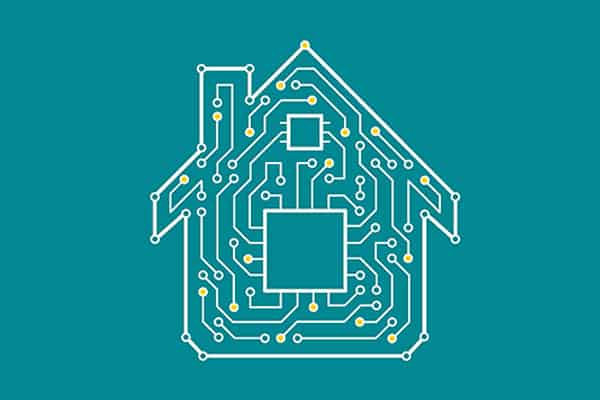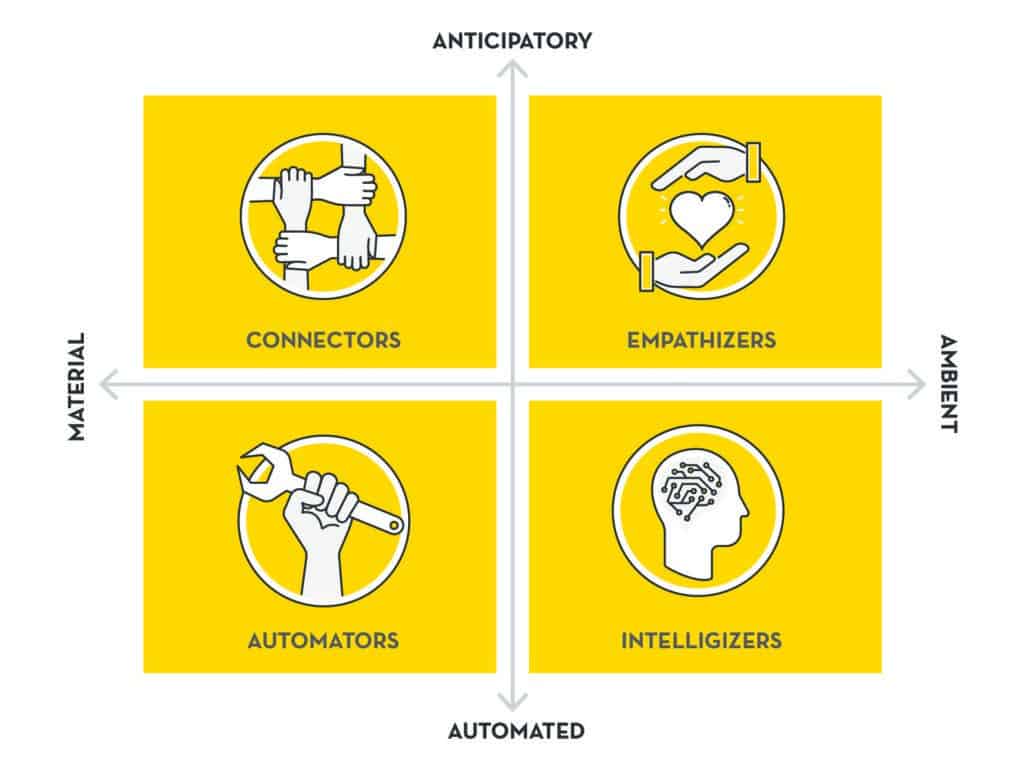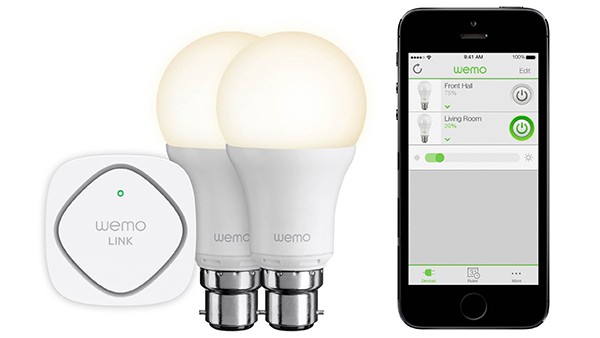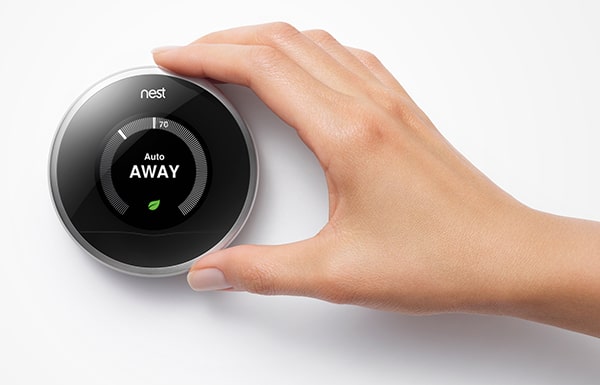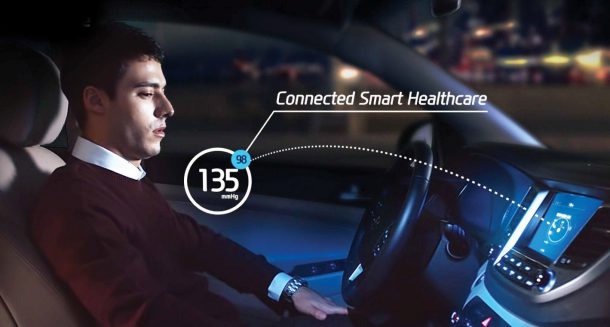Smart Product Design: Why The Smart Home Is Still Really Dumb, Part I
In 2011, the world was introduced to the Nest Learning Thermostat, a snazzy-looking Wi-Fi-enabled device used to regulate the temperature inside the home that heralded the arrival of what futurists and commentators had for many decades been calling the “smart home.” It was the beginning of what many thought would be a diffusion of new technologies and product designs placed in our homes as intelligent actors, meant to release us from a host of mundane activities and leave us with more time to lead more fulfilled lives. Then, in 2014, the Amazon Echo arrived, sparking the “Voice First” revolution, and cementing the notion of the smart home into our consciousness.
In the years since, we’ve seen a barrage of smart home products hit the market as we witness the intelligization and smartization (take your pick) of thousands of household objects. But are our homes truly smarter? Perhaps more importantly, we might ask what does “smart” even mean in this sense, and how close — or far — are we from achieving it?
THE 4 ARCHETYPES OF THE SMART HOME
We’ve noticed that the general definition of “smart,” in device-related terms, encompasses a spectrum of technological capabilities, and the so-called smart home of today isn’t really what we at THRIVE would consider “smart.” Connected, digitized or automated would be more accurate adjectives. These terms describe devices that run on their own and cover some that recognize long-term behavioral patterns as well as environmental conditions and can then make appropriate adjustments to enhance your experience within the home. But for a home to be truly smart, from our perspective, it must be in lock-step with what the user emotionally craves at any given moment.
Due, in part, to this disparity in the definition of smart within the technology sector, we’re seeing four distinct archetypes emerging within the smart home market — each at differing levels of technological and emotional maturity — but it’s only the fourth that really represents our view of a truly smart home, one where our homes are concerned with our emotional needs.
1. AUTOMATORS
Automators create smarter, more energy-efficient and secure homes by automating your regular daily habits through a set of programmable devices. These let you dictate how the device should react, when it should react, and why it should react; you set the schedule, the rest takes care of itself. These are discrete products that operate independent of each other over a wireless network in your home — think automated lighting programmed to turn on and off at a certain time each day.
2. CONNECTORS
Connectors create smart home ecosystems, interconnecting devices through a network that is linked to the internet to simplify interactions with devices at home, enhancing user autonomy and quality of life. Amazon Alexa, Apple HomeKit, Google Assistant, Hive, and SmartThings are all great examples of smart home ecosystems.
3. INTELLIGIZERS
Intelligizers bring intelligence to the home ecosystem, personalizing the behavior of your products and services through intelligent technology that reads and then adjusts to fit your unique personal lifestyle. Through a battery of sensors and algorithms, intelligizers use data to simplify and automate everyday tasks autonomously and personalize them to your behavior. Nest is the poster child intelligizer with a clear and focused vision to create a “thoughtful” home.
4. EMPATHIZERS
Empathizers, apart from the others, create adaptive, calm, intelligent homes that can sense, reason, and act. Their focus is on understanding human emotions through the everyday objects and surfaces that surround us, responding to our presence and needs without active manipulation. Empathizers operate from a vision that services offered within the home will be so natural, transparent and unobtrusive that they will become a normal expectation of everyday life.
Of course, getting to archetype 4 — an empathetic home with devices that are contextually aware of individuals and anticipatory of their emotional needs — is no easy task.
To date, advancement in the area of empathy has not come from the smart home environment, but from the automobile. It’s partly been a scale issue, driven by a lack of sensors around the house, and therefore a lack of understanding of where people are in the home (presence detection), who that person is (facial recognition) and what they are doing (real-time context) — which explains why cars are getting smarter faster than homes.
A car, however, is a smaller, more controlled setting, fixed around a one-to-one relationship: driver to the vehicle. This type of environment and the multitude of interaction points within it make it better suited for sensing our emotional state of being. Hyundai partnered with design firm IDEO in 2017 to create a car with sensors that monitor mental states by tracking driver posture, heart rate, and eye movement. If it detects the driver is losing focus, for example, bright lights and bursts of cool air may be used to increase alertness.
What will it take for a home to be really smart?
In Part II, we’ll let you in on our vision for the smart home of the future, and offer up five principles that products need to embody if they are to deliver on it. Read it here.

